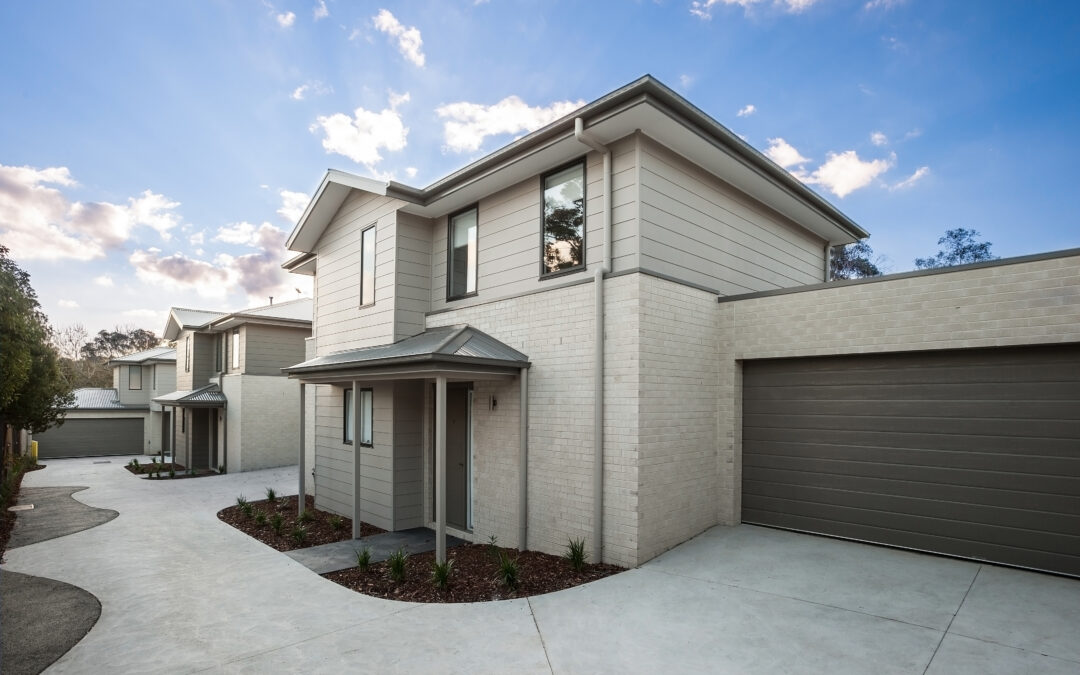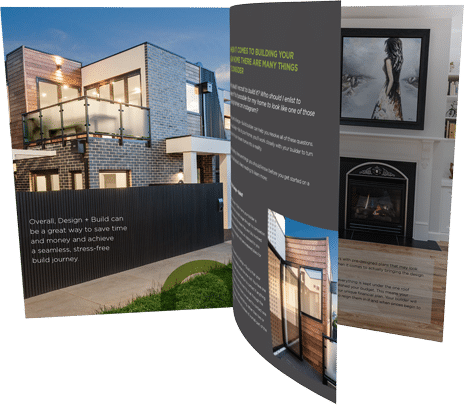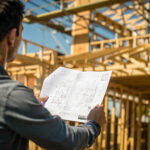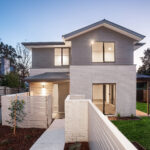With more people than ever looking for affordable and functional homes in Melbourne, there’s never been a better time to invest in a multi-unit development project.
Of course, not just any multi-unit design will generate a profitable return on investment, and you’ll need to be across all the tricks of the trade to ensure your project is designed and built for success.
At RODA, we’ve spent years honing our ability to design and build profitable multi-unit development projects across Melbourne. Keep reading to discover our top tips for maximising return on a multi-unit development.
What is a multi-unit development?
When we talk about multi-unit developments, we mean projects that offer two or more properties on one block of land. There are multiple ways of executing this – subdivision, units, duplexes, triplexes, townhouses or apartment buildings.
Understanding the market
First things first – it’s essential that you have a thorough understanding of the market and what your potential development can offer tenants or buyers. Ask yourself:
- Who is your target market?
- What are your audience’s needs and goals?
- How can you achieve a ‘timeless’ development?
- What unique features will your development offer?
By answering these questions, you’ll be able to create a targeted design that suits your market and give yourself the best chance at a substantial return on investment.
Choose your site wisely
Now that you have a clear understanding of the market, it’s essential you choose the right location for your development. It’s best to look for suburbs with high demand for rental properties, as well as proximity to amenities such as schools, public transport, leisure facilities and retail options. This will make it much easier when it comes to letting or selling on.
Before pushing forward on a particular block of land, don’t forget to consider legal and council implications of a multi-unit development. The relevant authorities – water, power and gas – can also have an impact, as councils can dictate certain requirements be met. For example, imagine your local council mandates all rainwater runoff from your property to drain into a designated spot called the ‘Legal Point of Discharge (LPD). But what if this LPD is several blocks away from your house? In this case, you, the investor, might be responsible for covering the cost of connecting your properties drainage system to the existing network that ultimately leads to the LPD.
The zoning of the property – neighbourhood residential, general residential, high-density residential or mixed use – will also impact how many units you can install on the site and your eventual return.
With the right strategy, information and advice from a qualified and experienced builder, you can feel confident that you will be able to maximise on your return.
Considered design
It’s worth considering how to most effectively use your block to get the most out of it. This comes back to the market research piece – once you understand what your audience is looking for, you can look to introduce design elements that will appeal to their lifestyle. This could include particular layouts, parking, landscaping and storage solutions, or simply space-saving ideas that ensure that they can enjoy as much living space as possible. Design is the biggest factor when it comes to build cost and end sales value, so it’s imperative you get it right!
Choose Design + Build
If you’re hoping to keep costs as low as possible, while still creating a development that entices prospective buyers, we recommend a Design + Build service. Simply put, design + build is when both the design and construction of your projects is completed under one roof. Rather than consult an architect and builder separately, you engage one party to manage the entire process. This means if anything goes wrong, you have questions, or you just want to chat through the build progress, you know exactly who to go.
The RODA Design + Build process ensures that we take care of every part of the process. Once we receive your brief for a multi-unit development, our in-house design team will work closely with you to bring your project vision to life. We will partner with them throughout the design stage, offering our expertise where necessary. We will create a set of preliminary plans that you can review, amend and when you’re happy, approve. Once these are confirmed, we’ll lodge an application for development approval and council approval. It’s at this stage of a multi-unit development that working with an experienced builder can really make a difference – they will know the restrictions and requirements of your local council and so can accommodate for these in the design phase. This should in turn reduce the back and forth with the council and streamline the approval process.
Once the paperwork is signed, we get to work building your new home, with a key project manager overseeing the entire project from start to finish.
In general, Design + Build contractors will have existing relationships with building designers, architects, subcontractors, trades and suppliers and will be able to offer you the best deal possible. You’ll also have peace of mind knowing your build team have worked together before and will do their best to save you time, money and stress.
Embrace sustainability
Concerns around climate change aren’t going anywhere, resulting in growing numbers of buyers and renters becoming environmentally conscious. Consider how you can make your units as energy-efficient as possible – not only does it make for comfortable living spaces, but it will increase the overall appeal of your home while lowering operating costs or bills. Work with your builder or design team to consider orientation, passive heating and cooling, renewable sources of energy and ways to recycle existing materials, such as reusing construction materials or installing rainwater tanks.
Keep it simple
A complex design may pique interest and offer something different, but it can be far more costly than a more timeless design that prioritises functionality and comfort. A complex design may also take longer to build, meaning that your build costs will increase and you’ll have to wait longer before you can rent or sell your new units. Some of the best returns come from well-designed and executed units that stand the test of time, without reinventing the wheel too much.
Remember, a simple design that fits in with the rest of the street is more likely to age well and continue providing a return for many years to come.
Don’t forget about landscaping
While the focus may be on the properties themselves, landscaping plays a huge role in a block of land’s appeal. A well-looked-after garden will create a positive first impression for both buyers or tenants. Generally, a low-maintenance and blank canvas option will be more appealing, as it doesn’t require too much investment from the residents, and allows them to add their own unique touches should they have green thumbs. If you are too prescriptive in the initial design, you may find that prospective buyers or tenants find it offputting.
Are you ready to start building a profitable multi-unit development project in Melbourne? Get in touch with the expert team at RODA today.






